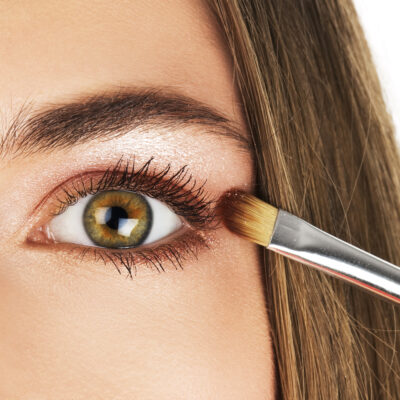
Things about seborrheic dermatitis that you should know
We are surrounded by a myriad of diseases in the world today and it has become close to impossible to be able to understand the causes, symptoms, diagnosis, and treatment options available for all these diseases. While that in itself is a problem, there are so many diseases which start off with the most normal of symptoms like a simple common cold or fever which we very easily discard by taking an over-the-counter medication. However, it is terrifying how quickly several symptoms develop into severe diseases after they start from something which we assume hold not a lot of significance. Hence, it has become very important today to keep an eye out for any condition that might affect our health terribly and to constantly make sure that we are taking proper care of ourselves.
Given how hectic our work life has become, there are so many conditions developing under the hood which do not show any symptoms. Mental issues such as stress and anxiety are also leading to the development of a lot of conditions and as we can’t keep a precise check on these all the time, the diseases could spring up at us all at once and it would become very difficult for us to handle them at that stage. It has, therefore, become extremely important to maintain a proper balance in everything.
Many skin conditions also start off in a similar manner and hence can be confusing to understand in their very first occurrence. One such disease that occurs in such a manner is seborrheic dermatitis or seborrhea. This particular condition in the very beginning is known to occur in the form of a red and itchy rash on the scalp and it has flaky scales. While this condition is one of the most common skin diseases that individuals fall prey to, the developments of this condition look very similar to eczema, several allergic reactions or psoriasis. This condition is capable of occurring on any part of the body and is not just limited to the scalp.
However, the exact cause of this particular condition has not yet been identified. It is believed to occur because of a combination of several things which include an individual’s genes, a particular type of yeast which survives on the skin, any kind of stress, cold or dry weather, and the usage of several types of medicines or some types of medical conditions. However, it should be noted that this skin condition isn’t caused because of any lack of hygiene, being unclean or having allergies.
The disease can occur mostly either in newborns or in adults between the age of 30 and 60. People with oily skin are more prone to this condition and this disease has been observed to target men more than women. Acne, AIDS, epilepsy, psoriasis, depression, eating disorders, rosacea, Parkinson’s disease, heart attack, etc., are some conditions which increase the risk.


